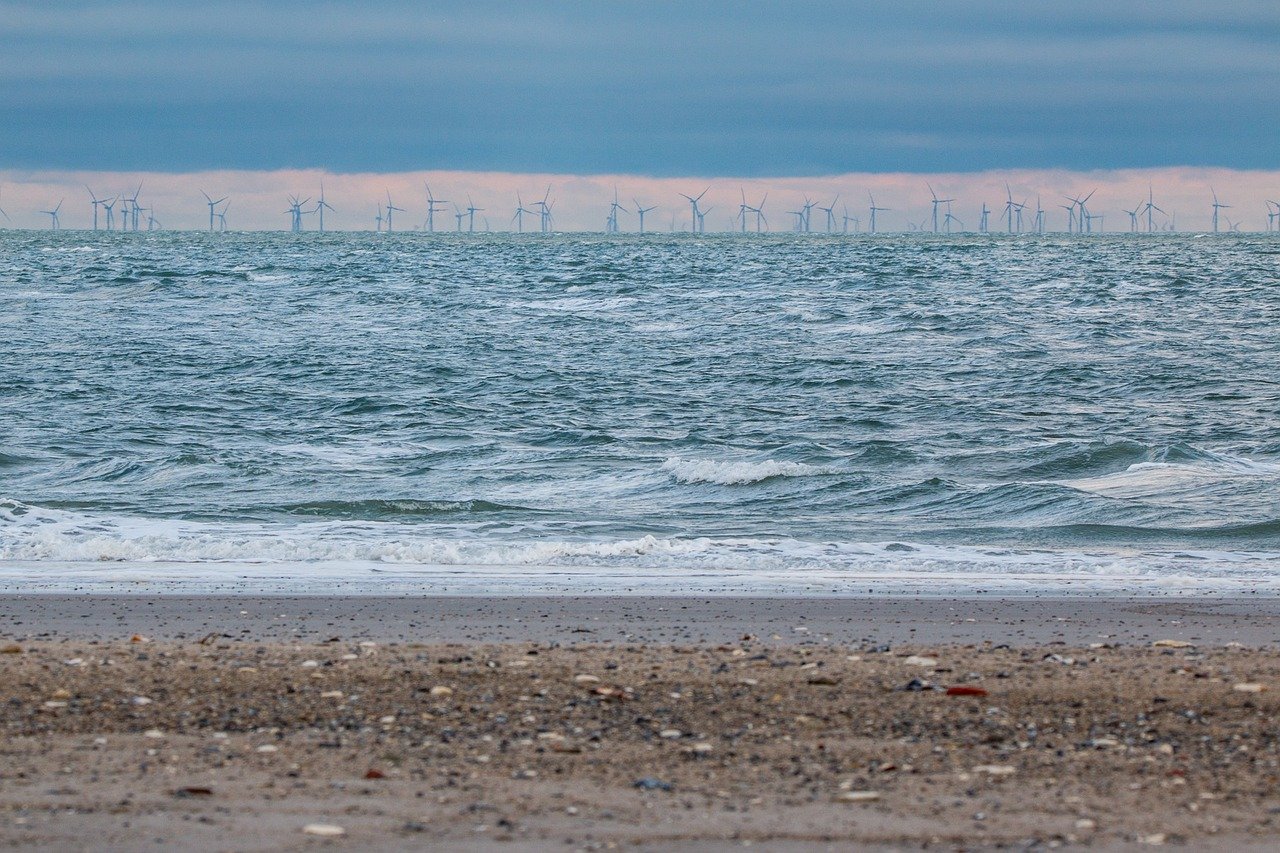EU North Seas Summit: A New Ambitious Offshore Wind Goal

In a recent Summit in Dublin, ministers and officials from 9 European countries signed a declaration for fast deployment of offshore wind energy in the North Seas, as well as the Irish and Celtic Seas, that will accelerate Europe’s energy independence. The North Seas Energy Cooperation (NSEC) has 9 member countries: Belgium, Germany, France, Denmark, Ireland, Luxembourg, the Netherlands, Sweden, and Norway, as well as the European Commission.
The goal set is to build 260 GW of offshore wind capacity in one of the windiest regions in the world by 2050, with 2 milestones until that year: 76 GW by 2030 and 193 GW by 2040. This number represents 85% of the offshore wind capacity target of 300 GW by 2050, set by the European Union (EU). It is also estimated that such projects would require a minimum of €6.5B in advancing the port infrastructure, and increasing the employment in the offshore wind farms from today’s 77,000 to around 200,000 by 2030.
The NSEC members are also supporting the ENTSO-E in the preparation process of scenarios and plans for the development of new offshore wind capacities. These plans will also include new hybrid offshore wind energy solutions that combine wind farms with interconnectors and thereby connect multiple member countries.
As said by Ireland’s Minister for the Environment, Climate, and Communications, Eamon Ryan, ”When it comes to realising the potential of offshore wind, again, it is best that we work in unity, that we set agreed targets, and that we operate as a collective,”.
With the EU’s latest REPowerEU plan that will end the European dependence on fossil fuels imported from Russia, the EU is committed to full electricity independence, as multiple crises and uncertainties are affecting the supply chain on the European continent. These disruptions come from various factors – from the COVID-19 pandemic to the ongoing war in Ukraine, resulting in high-priced energy, high transportation costs, and high inflation rates.

 Tech Steel & Materials
Tech Steel & Materials